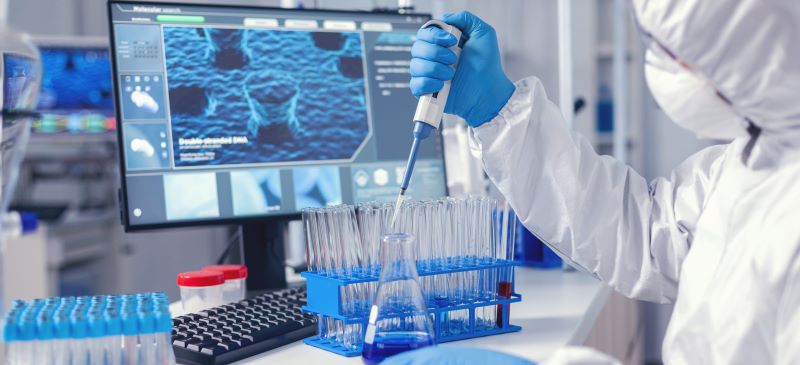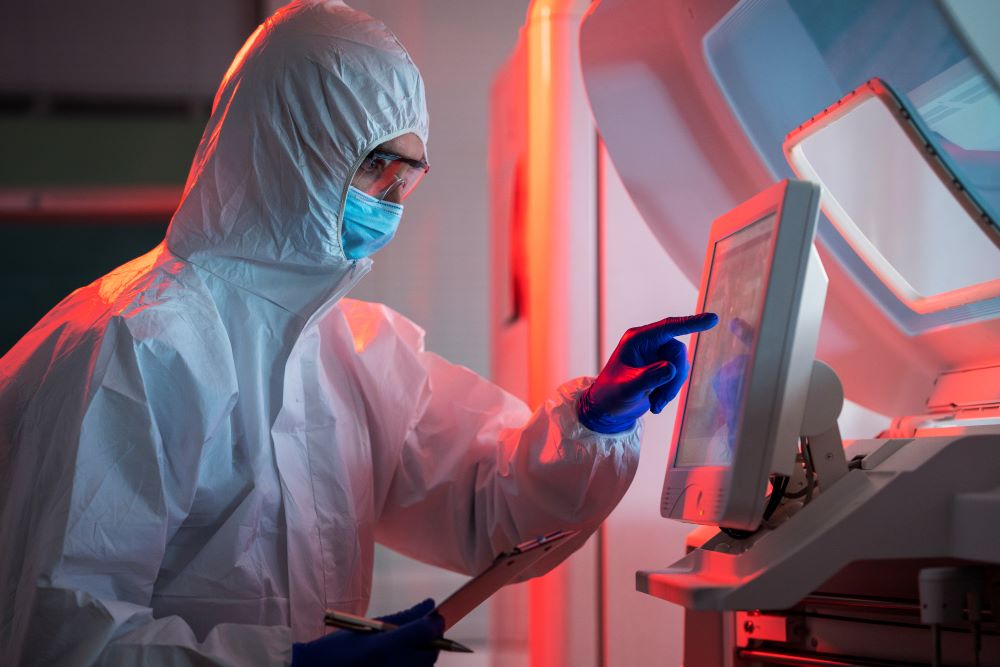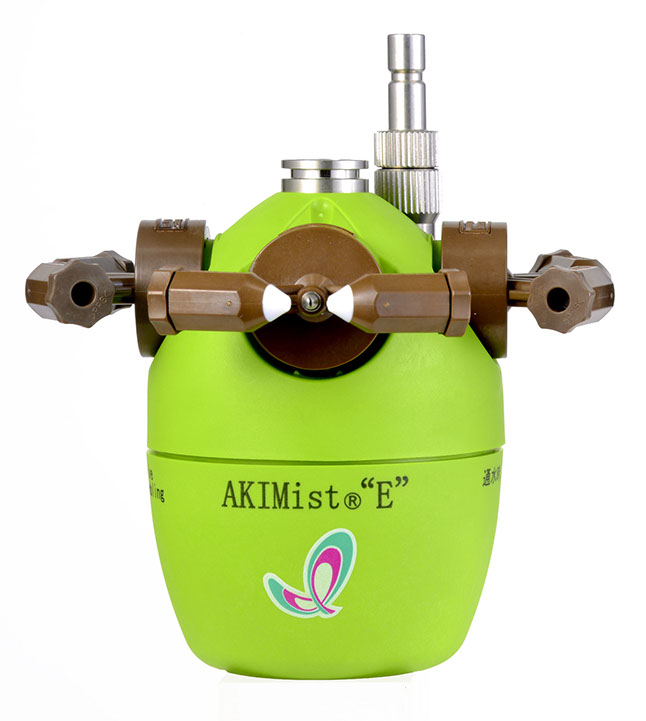Applications
Humidity control in cleanrooms

Overview
Humidity control is an important factor in maintaining cleanrooms. A cleanroom environment must be free from contaminants and suitable for the production of sensitive products such as pharmaceuticals, semiconductors, and medical devices.
Humidification is important in a cleanroom for several reasons:
Controlling static electricity:
Static electricity can be a major issue in cleanrooms, as it can attract and hold onto particles and contaminants. Humidity control can help to reduce the build-up of static electricity, which in turn reduces the attraction of particles and contaminants to surfaces and materials.
Controlling airborne particles:
Humidity control can also help to control airborne particles. Maintaining the appropriate humidity level can prevent particles from becoming airborne, and can also help to settle particles that are already airborne. This helps to keep the cleanroom environment free from contaminants.
Controlling microbial growth:
Humidity control can also help to control microbial growth. Many microorganisms thrive in low-humidity environments, so maintaining the appropriate humidity level can help to prevent the growth and spread of bacteria and other microorganisms.
Protecting materials and equipment:
Humidity control can also help to protect materials and equipment in the cleanroom. Low humidity can cause materials to become brittle, while high humidity can cause corrosion and rust. Maintaining the appropriate humidity level can help to protect materials and equipment from these types of damage.

Adiabatic humidifiers are a good choice for cleanrooms for several reasons:
Energy efficiency:
Adiabatic humidifiers do not require the use of steam or electricity to create humidity. Adiabatic humidifiers exploit the evaporation of water, atomised into small droplets, without adding any external energy. This makes them an energy-efficient option, which can be particularly important in a cleanroom where energy costs can be significant.
No risk of contamination:
Adiabatic humidifiers don’t have the risk of contamination compared to vaporizing humidifiers, for instance. This is due to open water baths, which can promote bacterial growth. Adiabatic humidifiers don’t have this, which makes them a safer choice for a cleanroom application.
Consistent humidity control:
Adiabatic humidifiers can provide consistent humidity control over a wide range of operating conditions. They are particularly effective at maintaining humidity levels in the low to medium range, which is often required in cleanroom environments.
Easy to maintain:
Adiabatic humidifiers are relatively simple in design and easy to maintain. They typically require only periodic cleaning and routine maintenance, which can help to reduce maintenance costs and minimize downtime.
Dual advantage:
Adiabatic humidifiers have the dual advantage of both humidifying and exploiting evaporative cooling to save on the costs of the air conditioning.
Versatility:
Adiabatic humidifiers can be used in a variety of cleanroom applications, including pharmaceuticals, electronics, and medical device manufacturing. They can be installed as standalone units or integrated into a larger HVAC system.
Solutions
Which adiabatic humidifier should you choose in a cleanroom?
There are many types of adiabatic humidifiers to choose from on the market. AKIMist® “E” stands out for its non-wetting capabilities. The droplets made with AKIMist are so small (below 10µm) that they will bounce back from the surface they touch without bursting. This gives AKIMist an advantage among other adiabatic humidifiers as a cleanroom facility will want to protect its expensive machinery and equipment from water damage. In addition, the non-wetting capabilities will also reduce the risk of mold and bacteria growth as these tend to thrive in wet areas.
AKIMist® “E” is also known for its energy efficiency. It only uses 1/5 the energy compared to a conventional steam humidifier and is one of the most energy efficient humidifiers among adiabatic humidifiers. In addition, the use of AKIMist will cool the air with approximately 2 degrees as an added benefit which futher saves costs on airconditioning and electricity.
Advantages of AKIMist® E in cleanrooms:
- Humidifying with water without wetting equipment (no water drops)
- Prevents static electricity in cleanrooms, production sites and offices
- Easy installation by adding on to existing HVAC
- Easily adaptable to changes in the floor layout
- Its double advantage of cooling while humidifying
- Reducing product loss and scrap
- Consistent humidity control
- No risk of contamination
- Improving product quality
- Highly energy efficient
- Low maintenance

Related articles about humidifiers and the importance of humidity:
- Type of humidifiers: what’s on the market?
- What is the difference between relative and absolute humidity?
- Factors that affect the control of the humidity and its level
- Effect of lack of humidity
- The right humidity level for each industry
- How can you calculate the required amount of humidification for your factory?
- Dry Fog introduction
- Benefits of a Dry Fog
- The results of Dry Fog in different industries
